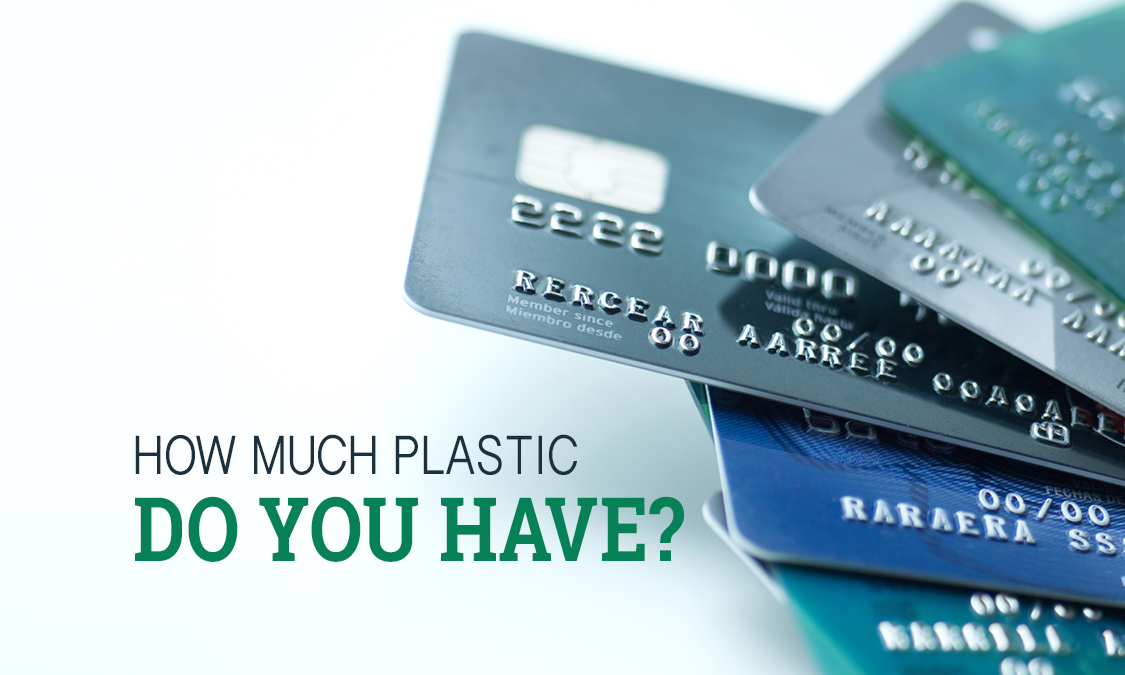When using plastic makes sense (and cents too!) There once was a time when paying for something also meant choosing how to pay as well. At first, there were only a couple options. The most common method was to use cash and the other way was by writing a check. Then the age of computers began and suddenly electronic payments started getting popular. The use of debit cards took the place of writing checks and the use of credit cards became more common until now. It has pretty much become normal in today’s world. The consumer has an average of at least 2-3 credit cards while others have considerably more. With all of the many credit card types and various card benefits, it is important to understand the differences. This is so you can make the right decisions when it comes to obtaining and using your credit cards wisely.
-
Secured vs. Unsecured Credit Cards
To begin with, there are two main categories of credit cards. The first category is called a secured card and the second is known as an unsecured card. These both are issued based on your credit history. Secured credit cards are basically funded by the cardholder. They are usually the last resort option for people who may have little or no credit history or who have a poor credit history. While secured cards are helpful in rebuilding a poor credit record, they limit you by the dollar amount that the cardholder can deposit as collateral.
Unsecured cards, on the other hand, offer credit lines based on the cardholders assessed creditworthiness. Unsecured cards have fees known as APR’s (Annual Percentage Rate) that can vary from 0% APR to as high as 28% APR. In some cases, they can be even more! A card that offers 0% APR is usually reserved for people with excellent credit. Although often, credit card companies will use the generous 0% APR offer as a lure to attract new customers.
Most major credit card companies will offer special lines of credit that they reserve for business owners. These corporate accounts typically have a much higher credit limit. They offer benefits such as the accumulation of travel miles or the ability to add multiple users to the single business account.
Some credit cards are also offered and designed exclusively for students. These cards tend to have a low or very reasonable APR. It provides an excellent way for young people to begin establishing a good credit history. In order to qualify for a student credit card, an applicant would need to provide current proof of enrollment in an educational institution.
Credit cards that offer cash back benefits are highly desirable. This is because with every purchase you make with the card, you will receive a certain amount back per dollar spent. Credit companies obviously want their cardholders to use the card as much as possible. So by offering a cash back benefit, the cardholder is saving a little of what they have already agreed to pay.
Lastly, for credit card holders who find that they have one too many credit cards, balance transfer credit cards are for you. They will offer some relief from having to pay different rates of interest on different cards. When you transfer the balance from one card onto another, the total credit debt from both cards is consolidated into one. Once consolidated it will have one APR. Not only does this help the cardholder save money but also simplifies his/ her credit usage. This eliminates the need to have more than one card.
Credit cards and their benefits can sometimes be complicated and it is easy to get overwhelmed by the number of options out there. By establishing your financial needs and your financial position, you can better understand what card might be best for you. Just remember that without the proper management of your financial goals and an honest assessment of your financial means, credit can get dangerous. So be sure to have a full understanding of exactly what the fine print says and know what you are getting yourself into.



